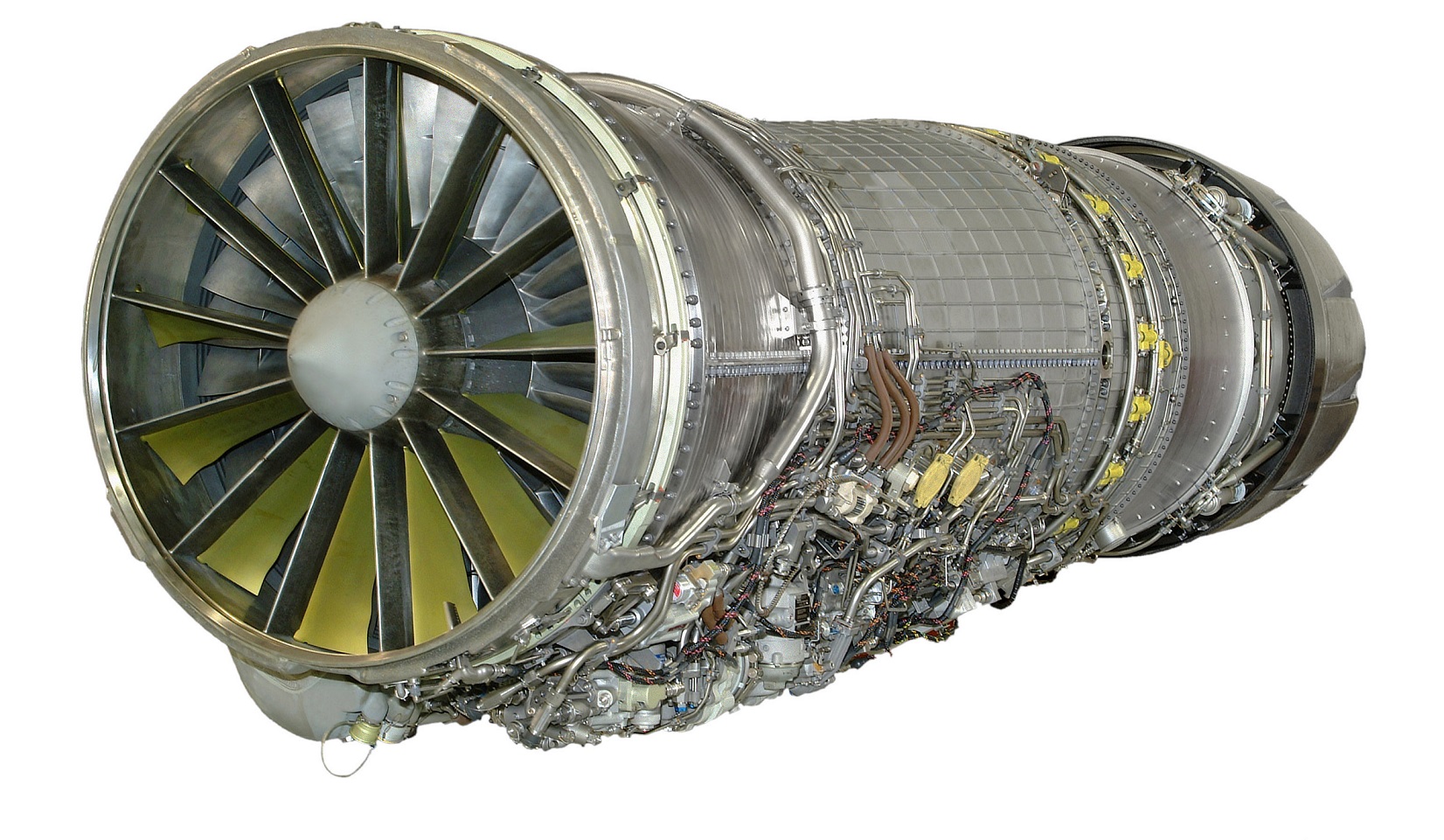GE Aviation has announced that its 3D printed sump cover has received Engineering Change Proposal (ECP) approval from the US Air Force (USAF), making it the first jet engine part fabricated with metal 3D printing to be qualified by any Department of Defense body.
The F110 component was made as a part of the Pacer Edge program established by the USAF and GE. This pathfinder program is dedicated to scaling technology determined to be necessary for the operation and sustainment of aircraft. This includes spare parts, where 3D printing has been identified as possibly being a powerful tool to create out-of-production replacements.

The F-15SG is powered by the F110-GE-129 for the Republic of Singapore Air Force. (Photo credit: Boeing)
The sump cover for the F110 was developed in under a year, showcasing the ability of 3D printing to speed up the design and production process and GE’s expertise in this area. Given the conglomerate’s track record with the LEAP fuel nozzle and other parts 3D printed for the GE9X, the company was an ideal partner for the program.
The sump cover for the F110 engine, used on F-15 and F-16 fighter jets, was chosen as a legacy, traditionally cast part that could be 3D printed in low quantities. With casting, lead times can sometimes stretch to even two to three years for some items. The team initially 3D printed the sump cover from cobalt-chrome using GE Additive Concept Laser M2 machines at GE Aviation’s Additive Technology Center (ATC) in Cincinnati.
“Compared to other parts on the F110 engine, the sump cover might have lower functionality, but is incredibly important. It needs to be durable, form a seal and it needs to work for the entire engine to function – which is of course critical on a single engine aircraft like the F-16,” said James Bonar, engineering manager at GE Additive.
Beginning with this item, the USAF aims to develop a fast, highly repeatable process to 3D print other metal parts. This “spiral development” model sees increased complexity and scale with each phase so that they begin with a simple part before moving on to part consolidation and then working on more elaborate components, such as common core heat exchangers.
“Much like the GE90 T25 sensor that was an FAA certification pathfinder for metal additive manufacturing for GE Aviation in commercial aerospace, the F110 sump cover sets a solid foundation for many more additively manufactured component qualifications with GE’s military customers,” said Matt Szolwinski, chief engineer and leader of GE’s Large Military Engineering team.
Additionally, the team examined digital twinning to determine how to perform maintenance-based predictive analysis and lifecycle management of the sump cover. How this was implemented was not entirely clear, but the process typically involves integrating sensors into equipment in order to provide real-time feedback that can then inform predictive maintenance routines.
“Human interaction and collaboration both add immense value to our work, but digital is the enabler. Additive is a powerful digital technology that spans the entire process, from design and modelling, to in-situ monitoring through to inspection and final level assurances,” added Coroa- Bockley. “Adding digital twinning and predictive analytics on top brings new horizons into view, such as systems management, diagnostics and repair of in-field systems.”
Next, the team will set its eyes on a sump cover housing for the TF34 engine, a system that has seen over 40 years of operation. This will be followed by other parts that the Air Force already has in mind. Additionally, Tinker Air Force Base (TAFB) in Oklahoma will build out a metal 3D printing supply chain for producing airworthy parts for the DoD.
“The F110 sump cover was a terrific pathfinder, allowing us to exercise the USAF’s airworthiness process. There are numerous parts in queue that are ideal candidates for metal 3D printing. Next, we are focused on refining the airworthiness process, so it is as responsive as the technology,” said Melanie Jonason, chief engineer for the USAF’s Propulsion Sustainment Division.
Subscribe to Our Email Newsletter
Stay up-to-date on all the latest news from the 3D printing industry and receive information and offers from third party vendors.
You May Also Like
3D Printing News Unpeeled: A $3000 SLS System, Construction Subsidies and Parameters
The Housing Affordability Crisis is one of Canadian President Trudeau’s biggest issues. Now the government has made subsidies available, including scaling new technologies, 3D printed housing and libraries of reapproved...
“Bundled Light” Enables High Quality Plastic 3D Printing from LEAM
Naturally, we expect current 3D printing methods to continuously improve, but it continues to do so in the most surprising ways. The latest development comes from LEAM, a startup spun...
Each to Their Own: Exploring Creality’s Latest Ender Trio as the Company Strengthens Its Commitment to 3D Printing Advocacy
Creality has reaffirmed its commitment to promoting 3D printing. The launch of the Ender-3 V3 SE, Ender-3 V3 KE, and Ender-3 V3 showcases the company’s dedication to catering to diverse...
3D Printing News Briefs, March 23, 2024: AM in the US Coast Guard, Navy, & More
In today’s 3D Printing News Briefs, we’re discussing the use of 3D printing in various branches of the military, including the U.S. Coast Guard, the U.S. Navy, and the German...

































